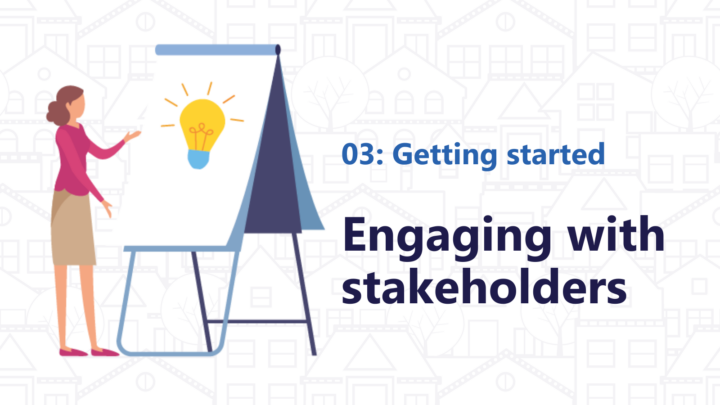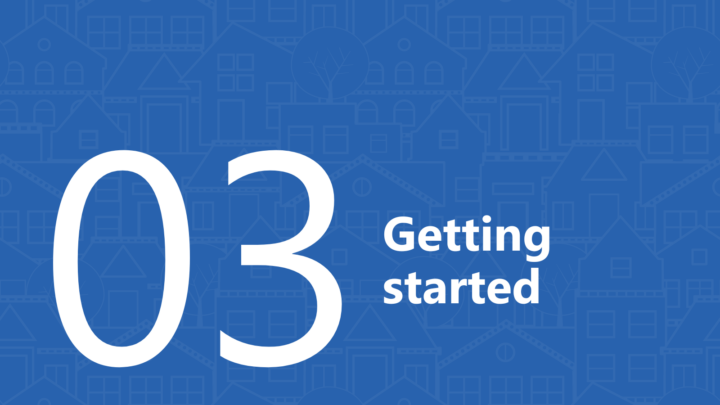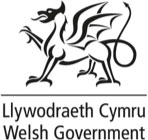Defining your vision
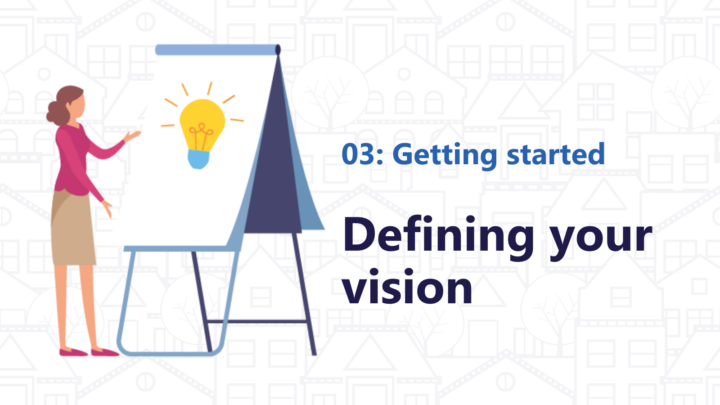
A vision is essential to establish what you want to achieve together, who you want to help, how you will do it and why a community-led approach is the best way to achieve your outcomes.
Using Simon Sinek’s ‘Start With Why: The Golden Circle’ (see image below) a group will be able to focus on their long-term aspirations, the how and what will be the culture and practices that will allow them to reach and deliver on their aspiration.
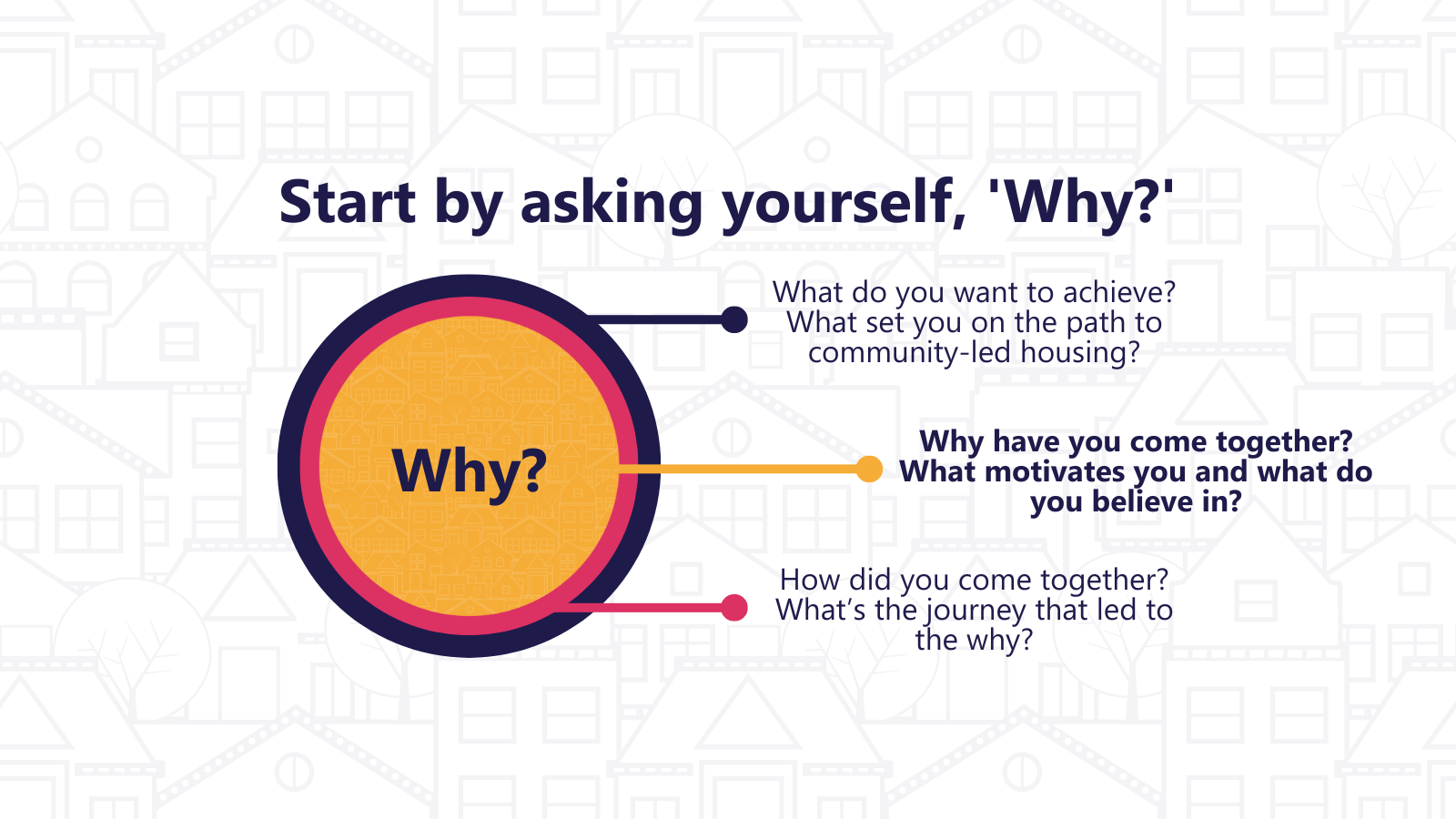
Being able to communicate clearly what the community-led housing organisation is will be helpful for the group developing the scheme and for those who may be being asked to support it (including both the potential membership or the “constituency” and potential partners like the Council or a developer).
Setting the above out will help the group develop clarity, identify the potential redlines which are vital to them, work out how they are going to achieve their ambitions, ensure that group members take individual and collective responsibility, and review the group’s progress. Perhaps most importantly, having these fundamentals set out in writing will ensure collective and more democratic control of the community-led housing scheme. It potentially will enable everyone – including the least confident – to contribute to what the scheme is about.
Key steps at this stage of the process include:
Undertaking a housing needs survey
Housing needs surveys are a key feature of geographically based community-led housing schemes. They assess local housing need, demand and interest, through primary and secondary data methods. Data gathered can be used to inform housing schemes, including the tenure type, allocation, design, location and more.
The kinds of survey methods used to assess local housing need may include the following:
Secondary data gathering
- National data such as census, national household or the Index of Multiple Deprivation
- Local data from e.g. district or ward profiles, waiting lists etc.
Primary data gathering
- Online surveys
- Postal surveys
- Door-to-door or telephone surveys
- Surgeries, drop-ins or focus group sessions
Example of a Community-Led Housing Needs Survey
Undertaking a housing needs assessment is also part of partnership building and community engagement aspects of the development of a CLH scheme.
Drafting a constitution and action plan
Groups should adopt a constitution which supports and enables them to operate in line with their objectives and members’ priorities, whether that is a community of place or of people.
An action plan should explain who you are, what you’re trying to do, why you’re trying to do it and how you are going to achieve it. Having an action plan and constitution is key if the group are partnering with organisations, as they can demonstrate that the group is focused and that the plans are robust.


